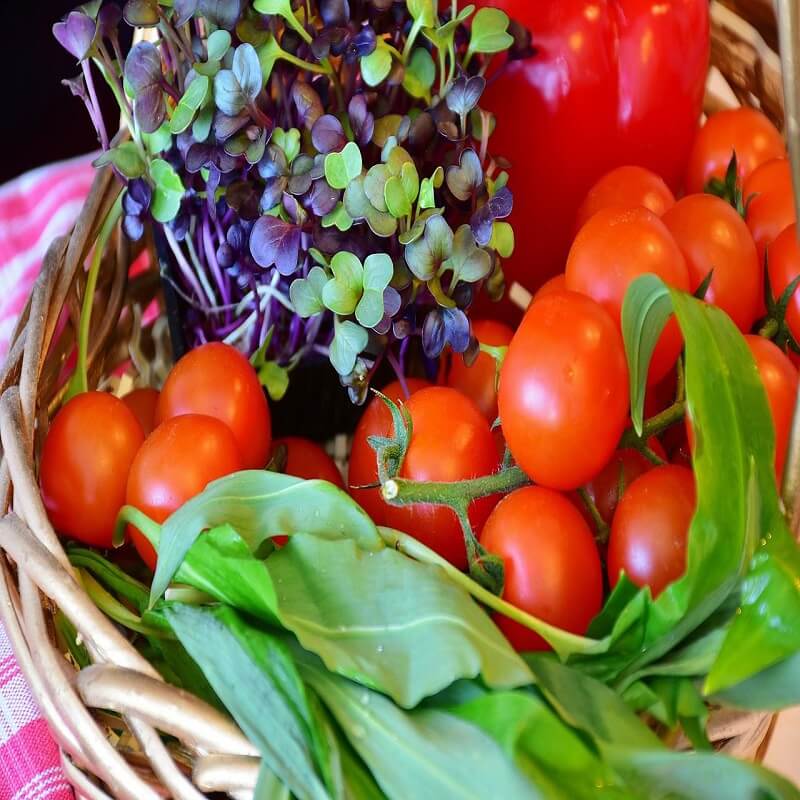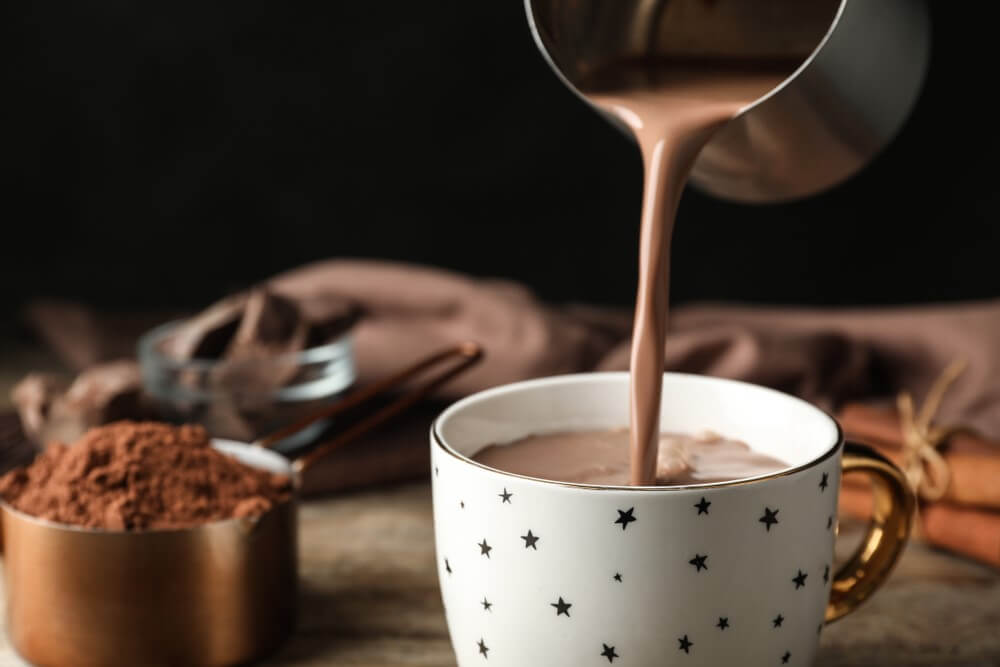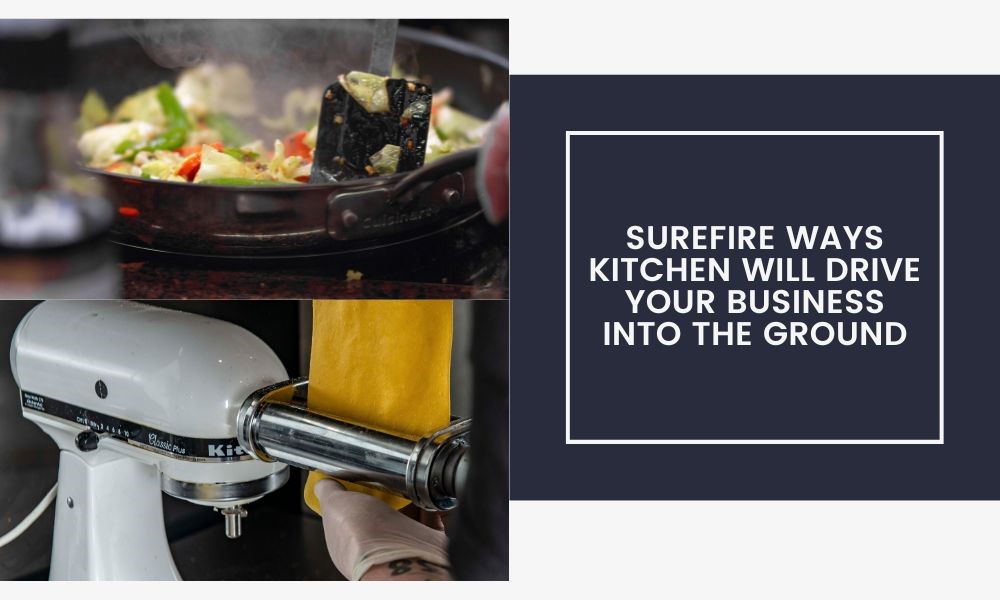A food storage container is utilized for storing food at room temperature, in the refrigerator, or in the freezer. There are a variety of choices for storing food in any of these ways. Several considerations must be made prior to picking a certain container type.
Types of Materials
- Glass
The production of glass containers is an automated operation involving complex heating and shaping procedures. Because edible grade versions do not contain or transfer harmful chemicals to foods and can be reused, they are excellent for microwave heating and are a popular container option. Desiccant containers (non-edible) may be recommended by manufacturers for dry food storage in order to retain freshness. Glass is widely used for liquid containers because it is transparent and allows the contents to be seen. Moreover, glass jars are frequently a viable option for refrigeration and microwave cooking. Glass containers significantly prevent the accumulation of smells and moisture. Depending on the shape or function of the container, glass containers may be excellent for stacking and long-term storage.
- Metal
Although smaller metal meal containers are available, metal, particularly stainless steel, is typically utilized for larger food processing facilities such as aseptic tanks and cubic containers. Metal is often designed to be tamper-resistant in its container shape, making it a suitable material for storing food contents. Large metal containers known as drums are commonly used in the industrial food sector to store oils and liquids. Aluminum is a popular material for tray containers because it is efficient at resisting smells and moisture. Metal containers, such as cans, are sometimes coated with protective enamels and nitrogen to allow for long-term storage. Some cubic containers may also have galvanized metal frames.
- Plastic
The majority of individuals have an assortment of plastic containers for storing food in the refrigerator. Tupperware and other plastic firms flourished throughout the 20th century’s plastic industrial boom. Plastic containers are robust, disposable, and recyclable, so it seemed like a fantastic idea at first. Recently, attitudes on the use of plastic containers have shifted. Cancer has been related to the contamination of food by plastics. As the majority of plastic is never recycled and ends up damaging the oceans and the ecosystem, the usefulness of recycling plastic has also been called into question. Plastic is not the way to go when attempting to lessen your carbon footprint.
Plastic bags are available in numerous varieties and sizes. There are both sealable and non-sealable options available. They range in size from snack-sized to two-gallon containers. There are plastic bags designed for storing food in the freezer that are created from a thicker plastic to prevent the food from losing moisture. Many varieties of food can be stored in plastic bags at room temperature, in the refrigerator, or in the freezer. When attempting to store food that has a lot of liquid, the bag’s flexibility makes it more difficult to fill without spilling. The plastic bag may not be able to be stored as neatly as a plastic or glass container, but its flexibility often allows it to fit into spaces where a plastic or glass container would not. Comparatively, having plastic bags on hand takes up less room than plastic or glass containers.
- Paper
Paper containers are commonly used to transport food and can maintain both hot and cold temperatures. They are typically designed to be leak-proof as well. They are suitable for recycling because they are biodegradable and compostable; they are frequently made of cellulose paper fibers. Paper cartons are printed with nontoxic FDA-approved inks for commercial purposes (such as takeout boxes).
Food Container Testing
Due to their prolonged exposure to food and drink, all objects that come into touch with food represent a high-risk product category. The condition and safety of food stored and packaged within containers is directly influenced by their quality. Likewise, daily-use food-contact objects must be safe during their entire service life and under harsh conditions, such as heat, microwave radiation, and dishwashing. For this reason, every supplier, producer, and distributor of food containers and food contact goods must conduct rigorous quality assurance and safety testing.
Future Ahead
Packaging is a crucial element of the international response to critical concerns of sustainable food consumption, which involves decreasing the environmental imprint of packaged foods. By decoupling the food packaging industry from fossil feedstocks and allowing nutrients to return to the soil, the production of microbial biodegradable polymers from agro-food waste byproducts offers a potential solution for designing a new, more resilient, and productive waste-based food packaging economy.




